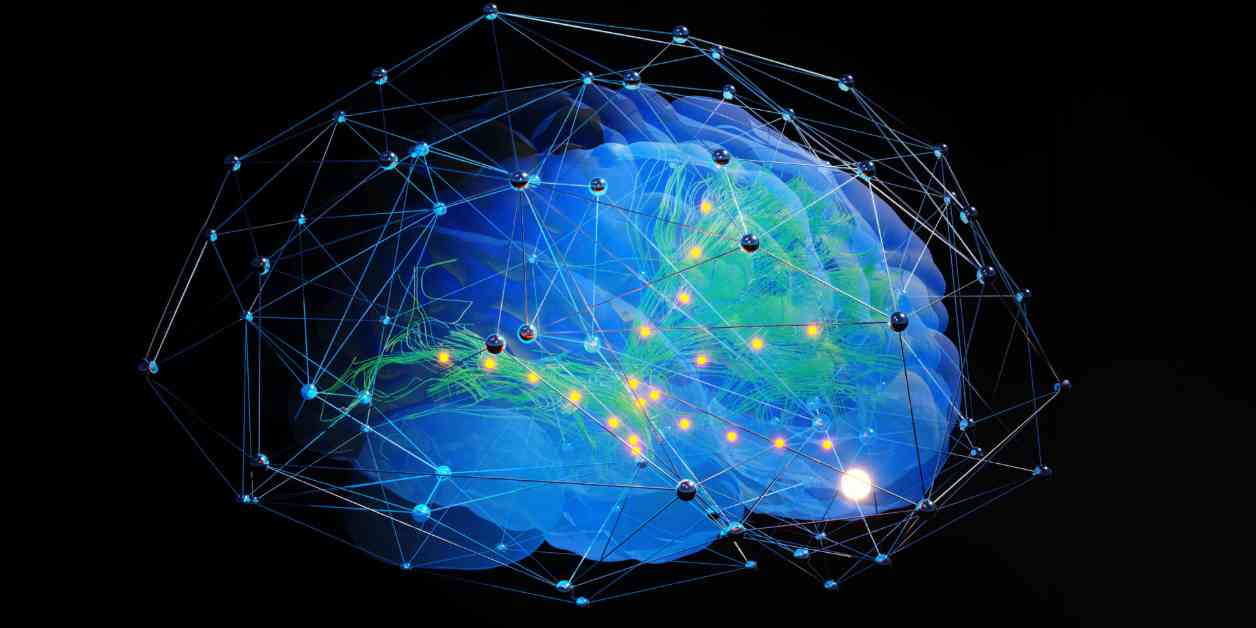Maryam Shanechi, a professor at USC Viterbi School of Engineering, and her team have created a new AI algorithm that can identify specific brain patterns related to certain behaviors. This breakthrough, featured in the journal Nature Neuroscience, has the potential to enhance brain-computer interfaces and uncover novel brain patterns.
When we engage in various activities, our brains are simultaneously processing different behaviors. For instance, as you read this article, you might be reaching for a cup of coffee, speaking aloud, and experiencing hunger. These diverse behaviors, including movements, speech, and internal states like hunger, are all represented in complex brain activity patterns. The challenge lies in isolating the brain patterns associated with a particular behavior from the rest.
This distinction is crucial for the development of brain-computer interfaces, especially for individuals with paralysis. Patients who are unable to communicate their intentions to their muscles can benefit from decoding planned movements directly from their brain signals. This decoded information can then be used to control external devices such as robotic arms or computer cursors.
Shanechi and her colleague Omid Sani have devised an AI algorithm called DPAD (Dissociative Prioritized Analysis of Dynamics) to tackle this challenge. DPAD is designed to differentiate brain patterns linked to a specific behavior, such as arm movements, from the background brain activity. By prioritizing the learning of behavior-related patterns, the algorithm can more accurately decode movements from brain signals. Additionally, DPAD has the potential to identify new brain patterns that may have gone unnoticed.
The key feature of this AI algorithm is its ability to identify behavior-specific brain patterns and give them precedence during training. By doing so, DPAD can effectively isolate these patterns from the surrounding brain activity, enhancing the accuracy of movement decoding. Furthermore, the neural network architecture of the algorithm allows for flexibility in describing various types of brain patterns.
Beyond movements, DPAD could be adapted in the future to decode mental states like pain or depression. This application may offer valuable insights for mental health treatment by monitoring patients’ symptom states and customizing therapies accordingly.
Shanechi expressed her enthusiasm for expanding the algorithm’s capabilities to track symptom states in mental health conditions. This advancement could pave the way for brain-computer interfaces that address not only movement disorders but also mental health challenges.
The development of this AI algorithm marks a significant advancement in the field of neurotechnology, with promising implications for improving brain-computer interfaces and understanding brain activity patterns. By prioritizing behavior-specific brain patterns, DPAD offers a more accurate and versatile approach to decoding brain signals, potentially benefiting individuals with paralysis and mental health conditions alike. As researchers continue to explore the applications of this innovative algorithm, the future of neurotechnology looks increasingly promising.












